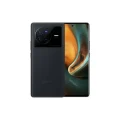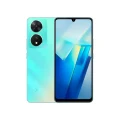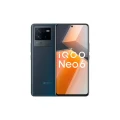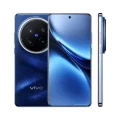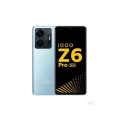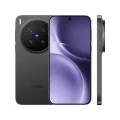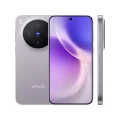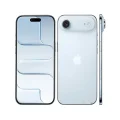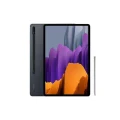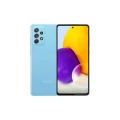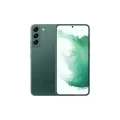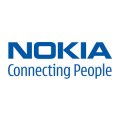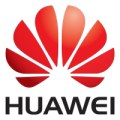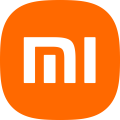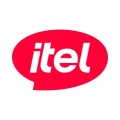- Home
- All Products
- Vivo
- Vivo X Fold5
Vivo X Fold5
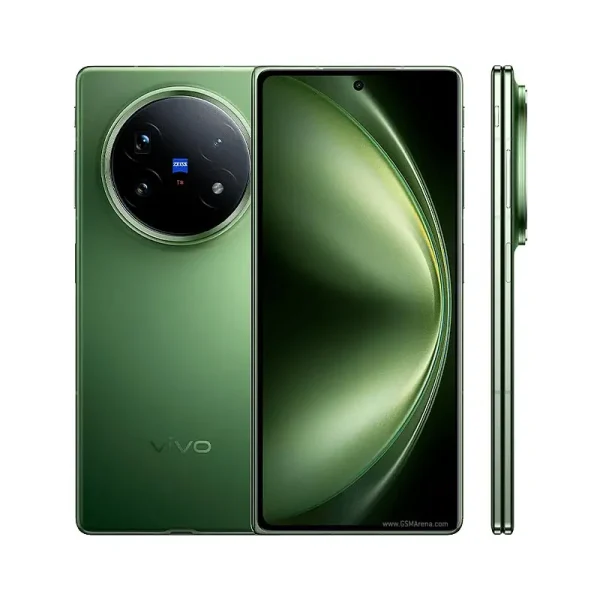



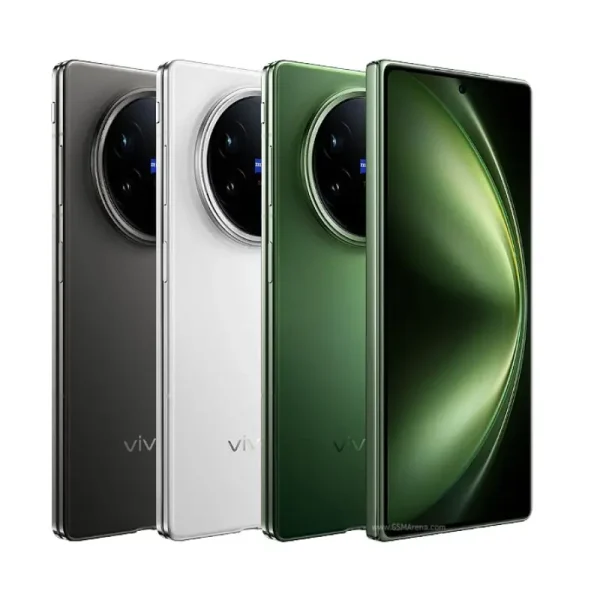
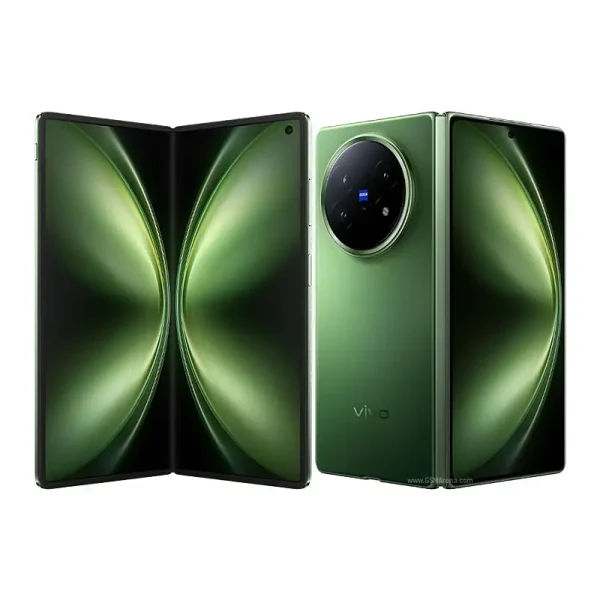

-
Battery: 6000 mAh
-
RAM: 12GB ,16GB
-
Storage: 256GB, 512GB, 1TB
-
Display: Foldable LTPO AMOLED, 8.03 inches
-
Camera: Rear 50MP+50MP+50MP, and Front 20MP + 20MP
-
OS: Android 15, up to 4 major Android upgrades, Funtouch 15 (International), OriginOS 5 (China)
Full Specifications
Price
| Official | 119990 BDT 12GB/256GB Approx. |
General
| Model | Vivo X Fold5 |
| Announced | 2025, June 25 |
| Released | 2025, July 02 |
| Status | Available |
Design
| Dimensions | Unfolded: 159.7 x 142.3 x 4.3 mm Folded: 159.7 x 72.6 x 9.2 mm |
| Weight | 217 g or 226 g (7.65 oz) |
| SIM SIM (Subscriber Identity Module) is a small card that contains mobile network subscriber's account information. This allows the phone using the card to attach to a mobile network. The SIM card is most commonly associated with GSM and UMTS mobile networks. Moving a SIM card from one phone to another allows a subscriber to switch mobile phones without having to contact their mobile network carrier. SIM cards can also be used by a phone to store limited amounts of data, such as phone numbers and text messages. | Nano-SIM + Nano-SIM |
| Colors | Titanium Gray, Green, White |
Display Specification
| Display Type Display Technology => A number of display technologies and types used in mobile phones => TFT (Thin Film Transistor), IPS (In-Place Switching), OLED (Organic Light Emitting Diode), AMOLED (Active-Matrix Organic Light-Emitting Diode), Super AMOLED (an even advanced version of AMOLED), Resistive Touchscreen (Resistive touchscreens contain two layer of conductive material with a very small gap between them which acts as a resistance), Capacitive Touchsceen (Capacitive touchscreen technology consists of a layer of glass coated with a transparent conductor) | Foldable LTPO AMOLED, 1B colors, 120Hz, 5280Hz PWM, HDR10+, Dolby Vision, 4500 nits (peak) |
| Size | 8.03 inches, 206.5 cm2 (~90.9% screen-to-body ratio) |
| Resolution |
2200 x 2480 pixels Cover display: LTPO AMOLED, 120Hz, HDR10+, Dolby Vision, 5500 nits (peak) 6.53 inches, 1172 x 2748 pixels, 21:9 ratio Armor Glass (2nd gen) |
| Refresh Rate | 120Hz, 5280Hz PWM |
| Pixel Density Pixel Density (PPI) is refers to the concentration of pixels on a particular display, measured in pixels per inch (ppi). Pixel density is calculated by dividing the diagonal pixel resolution of a display by its diagonal size, higher pixel density better display quality. | 413 ppi density |
| Features |
Glass front (closed), aluminum alloy frame, glass fiber back IP58/IP59+ dust protected and water resistant (high pressure water jets; immersible up to 3m for 30 min) |
Platform
| Operating System OS => Every computer system run on a base software called Operating System (OS). Operating System controls all basic operations of the computer (such as smartphone, PDAs, tablet computers and other handheld devices). The Operating System allows the user to install and run third party applications (apps), apps are used to add new functionality to the device. | Android 15, up to 4 major Android upgrades, Funtouch 15 (International), OriginOS 5 (China) |
| Chipset Chipset is a group of integrated circuits designed to perform one or a more dedicated functions, often with real time computing constraints, Popular smartphones are equipped with more advanced embedded chipsets that can do many different tasks depending on their programming. | Qualcomm SM8650-AB Snapdragon 8 Gen 3 (4 nm) |
| CPU CPU (Central Processing Unit) mostly known as processors, CPU processes instructions in order to carry out certain functions that make your device operate properly. Processors are often described as the brain of computers, smartphones and tablets, Smartphones and tablets rely on processors to carry out their every task, Processors are an incredibly important factor in selecting any type of computing device, including your smartphone. | Octa-core (1x3.3 GHz Cortex-X4 & 3x3.2 GHz Cortex-A720 & 2x3.0 GHz Cortex-A720 & 2x2.3 GHz Cortex-A520) |
| GPU GPU (Graphics Processing Unit) is a single-chip processor designed to rapidly manipulate and alter memory to accelerate the creation of images in a frame buffer intended for output to a display, This includes things such as lighting effects, object transformations, and 3D motion. | Adreno 750 |
Main Camera
| Camera Setup | Triple |
| Resolution |
50 MP, f/1.6, (wide), 1/1.56", PDAF, OIS 50 MP, f/2.6, 85mm (periscope telephoto), 1/1.95", PDAF, OIS, 3x optical zoom 50 MP, f/2.1, 15mm, 119˚ (ultrawide), 1/2.76", PDAF |
| Features | Color spectrum sensor, Laser AF, Zeiss optics, Zeiss T* lens coating, Dual-LED flash, panorama |
| Video | 8K@30fps, 4K@30/60fps, 1080p@30/60fps, gyro-EIS |
Selfie Camera
| Camera Setup | Single |
| Resolution |
20 MP, f/2.4, (wide) Cover camera: 20 MP, f/2.4, (wide) |
| Video | 1080p |
| Features | HDR |
Network & Connectivity
| Technology | GSM / CDMA / HSPA / CDMA2000 / LTE / 5G |
| Speed | HSPA, LTE, 5G |
| Wi-fi Wi-Fi is a popular wireless networking technology using radio waves to provide high-speed network connections that allows devices to communicate without cords or cables, Wi-Fi is increasingly becoming the preferred mode of internet connectivity all over the world. | Wi-Fi 802.11 a/b/g/n/ac/6e/7, dual-band or tri-band, Wi-Fi Direct |
| Bluetooth Bluetooth is a wireless communications technology for exchanging data between mobile phones, headsets, computers and other network devices over short distances without wires, Bluetooth technology was primarily designed to support simple wireless networking of personal consumer devices. | 5.4, A2DP, LE, aptX HD, aptX Adaptive, aptX Lossless |
| NFC NFC (Near field communication) is a set of standards for smartphones and similar devices to establish peer-to-peer radio communications with each other by touching them together or bringing them into proximity, usually no more than a few inches. | Yes |
| Positioning | GPS (L1+L5), BDS (B1I+B1c+B2a), GALILEO (E1+E5a), QZSS (L1+L5), GLONASS |
| FM Radio | No |
| Infrared port | No |
| USB | USB Type-C 3.2, OTG, Display Port |
| 2G Network |
GSM 850 / 900 / 1800 / 1900 CDMA 800 / 1900 |
| 3G Network |
HSDPA 800 / 850 / 900 / 1700(AWS) / 1900 / 2100 CDMA2000 1x |
| 4G Network | 1, 2, 3, 4, 5, 7, 8, 12, 17, 18, 19, 20, 25, 26, 28, 34, 38, 39, 40, 41, 42, 43, 48, 66 |
| 5G Network | 1, 2, 3, 5, 7, 8, 12, 18, 20, 25, 26, 28, 38, 40, 41, 48, 66, 77, 78 SA/NSA |
Battery
| Battery Type Battery Type => Cell phones run on various kinds of batteries depending on the manufacturer, phone size or shape and features. There are basically four types of cell phone batteries => Lithium Polymer, Lithium Ion, Nickel Metal Hydride and Nickel Cadmium. | Li-Ion (Lithium Ion) |
| Capacity Battery Capacity is a measure (typically in Amp-hr) of the charge stored by the battery, and is determined by the mass of active material contained in the battery. The battery capacity represents the maximum amount of energy that can be extracted from the battery under certain conditions. | Si/C Li-Ion 6000 mAh |
| Removable | Yes |
| Charging |
80W wired 40W wireless Reverse wired 5W reverse wireless |
| Wireless Charging Wireless Charging (Inductive Charging) uses an electromagnetic field to transfer energy between two objects. This is usually done with a charging station. Energy is sent through an inductive coupling to an electrical device, which can then use that energy to charge batteries or run the device. | Yes |
Multimedia
| Loudspeaker | Yes, with stereo speakers |
| Audio Jack | No |
| Audio Features |
24-bit/192kHz Hi-Res audio Snapdragon Sound |
Storage
| Card Slot Memory Card Slot is a special slot for inserting a memory card. Memory cards allow you to expand the phone's built-in memory, A memory card (sometimes called a flash memory card or a storage card) is a small storage medium used to store data such as text, pictures, audio, and video, for use on small, portable or remote computing devices such as mobile phones, mp3 players, digital cameras. | No |
| Internal Storage Internal Storage is a data storage space (flash memory) mostly used in smartphones, tablets and other electronic devices where operating system, apps, music, photos, videos, files and other user data Is stored. |
256GB 12GB RAM, 512GB 12GB RAM, 512GB 16GB RAM, 1TB 16GB RAM UFS 4.1 |
Sensors
| Fingerprint | Yes (side-mounted), |
| Other Sensors | accelerometer, gyro, proximity, compass |
PROS
- Industry-leading 6,000mAh battery in ultra-thin form factor
- Exceptional durability with IP5X/IPX8/IPX9/IPX9+ ratings
- Flagship Snapdragon 8 Gen 3 performance
- Premium dual displays with Zeiss color calibration
- Professional-grade triple camera system
- Fast 80W wired and 40W wireless charging
- Thin and lightweight design despite a large battery
- Long-term software support (4 major Android upgrades)
CONS
- Premium pricing positioning
- No expandable storage option
- Foldable screens are still more fragile than traditional displays
- Limited global availability initially
- Potential app compatibility issues with the foldable form factor
- Higher power consumption due to dual displays
About the Vivo X Fold5
The Vivo X Fold5 was released on July 2, 2025, representing Vivo’s latest flagship foldable smartphone that pushes the boundaries of what’s possible in the foldable category. The phone features an 8.03″ 2K+ 120Hz LTPO screen that can reach up to 4,500 nits of local peak brightness, with a 6.53″ FHD+ cover display that’s also a 120Hz LTPO panel with the same 4,500 nits of peak brightness. What sets the X Fold5 apart is its remarkable engineering achievement of maintaining a thin profile while packing industry-leading features.
The device measures 9.2mm folded and 4.3mm unfolded for the Titanium version, making it one of the thinnest foldables available. Unlike other brands pursuing thinness, vivo is not sacrificing battery life – the new model has a 6,000mAh battery, 300mAh more than the thicker and heavier older model, achieved with the industry’s first fourth-generation silicon anode. Running on Android 15 with up to 4 major upgrades promised, the X Fold5 targets professionals and creators who need the versatility of a foldable without compromising on performance or durability.
Main Key Features
- Dual Display Excellence: 8.03-inch 2K+ AMOLED inner display with Zeiss Master Color Calibration. 6.53-inch FHD+ LTPO AMOLED outer display with 2nd-gen Armor Glass. 120Hz refresh rate on both displays with 4,500 nits peak brightness. Advanced LTPO technology for power efficiency
- Flagship Performance: Qualcomm Snapdragon 8 Gen 3 processor with Adreno 750 GPU. Up to 16GB RAM and 1TB storage options. Advanced cooling system for sustained performance
- Revolutionary Battery Technology: 6,000mAh battery – the biggest of any foldable. Semi-solid state battery technology for efficient power use and long-term reliability. 80W Dual-Cell FlashCharge and 40W Wireless FlashCharge.
- Professional Camera System: Triple 50MP+50MP+50MP rear cameras. 20MP front camera. Zeiss optics partnership for professional-grade photography. Advanced computational photography features.
- Premium Build & Durability: Industry-leading IP5X, IPX8, IPX9, and IPX9+ ratings. Ultra-thin profile: 4.3mm unfolded, 9.2mm folded. Titanium variant available for premium durability. Weight: 217g or 226g, depending on variant.
Why Choose This Phone?
The Vivo X Fold5 is the ideal choice for professionals and power users who need the productivity benefits of a foldable without compromising on essential features. Its combination of a 6,000 mAh battery and periscope camera system makes it stand out in the foldable market. The device excels for multitasking professionals who need to run multiple apps simultaneously, content creators who benefit from the large inner display for editing and review, and business users who appreciate the outer display for quick interactions. The exceptional water resistance ratings make it suitable for various environments, while the professional camera system ensures high-quality content creation. If you want cutting-edge foldable technology with industry-leading battery life and don’t mind the premium price, the X Fold5 delivers an unmatched combination of innovation and practicality.
Opinion
The Vivo X Fold5 represents the pinnacle of current foldable technology, successfully addressing the two biggest concerns about foldables: battery life and durability. The engineering achievement of packing a 6,000mAh battery into such a thin profile while maintaining flagship performance is remarkable. The comprehensive IP ratings provide confidence for daily use, and the Zeiss-calibrated displays offer excellent quality. While the premium pricing may limit its appeal, for users who can benefit from the foldable form factor, the X Fold5 offers the most complete package available in 2025.
See Another Model:
FAQs about Vivo X Fold5
Q: What makes the X Fold5’s battery special?
A: It uses the industry’s first fourth-generation silicon anode technology, allowing for a 6,000mAh capacity while maintaining a thin profile.
Q: How water-resistant is the X Fold5?
A: It has comprehensive IP5X, IPX8, IPX9, and IPX9+ ratings, making it the most water-resistant foldable available.
Q: What’s the difference between the inner and outer displays?
A: The inner display is 8.03″ with 2K+ resolution and Zeiss Master Color Calibration, while the outer is 6.53″ with FHD+ resolution and 2nd-gen Armor Glass protection.
Q: How fast is the charging?
A: It supports 80W Dual-Cell FlashCharge for wired charging and 40W Wireless Flash Charge.
Give Your Review
Disclaimer Note
You can write your own disclaimer from APS Settings -> General -> Disclaimer Note.
